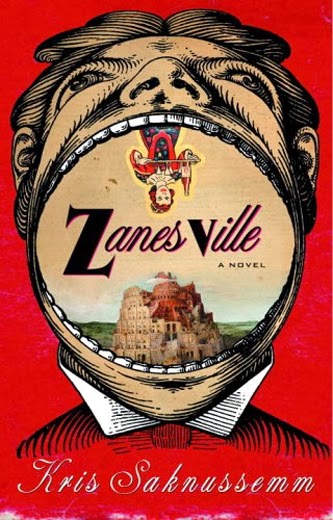Review: The Constantine Affliction
 |
| Night Shade Books |
by T. Aaron Payton
(Night Shade Books)
I hesitated to purchase The Constantine Affliction in hardcover because I have been burned too many times recently by a book that sounded promising then goes off the rails. So I waited for the paperback. My life was not impoverished by the delay, but I wouldn't have been upset to pay hardcover price for this book. It is recursive, steampunk, intriguing and fun. It has some of the feel of Gail Carriger's Parasol Protectorate novels without the vampires, werewolves and ghosts, though there is occasionally a whiff of the supernatural (Cthulhu -- which you can argue -- Lovecraft did -- is science fiction, not supernatural, and even my particular bane, reanimated corpses).
Constantine takes place in an England where science has advanced ahead of schedule, thanks at least in part to Sir Bertram Oswald. There have been consequences to this premature development of advanced technology, including a sexually transmitted disease that -- in its most benign form -- transforms men into women and vice-versa. Sometimes it stops halfway, and people die.
Our protagonists include Adam, whose identity will be almost immediately apparent to anyone who picks up the book, Ben Drummond, a sometimes criminally inclined tough, Abel Value, a pimp whose stable includes clockwork women, Winnifred Pembroke, formerly a mechanically inclined man named Freddy before encountering the sex-changing VD of the title, Sir Pembroke "Pimm" Halliday, an amateur detective, and Eleanor "Ellie" Skyler, also known as journalist E. Skye. The fact that this first book by T. Aaron Payton (which is itself a nom de plume for Tim Pratt, an author whom I haven't read before but am now inclined to check out) is identified as a "Pimm and Skye" book should tell you who the main protagonists are. As this is the first book in the "series," knowing that they are the stars eliminates all worry that one or both of them will come to a bad end, rather decreasing the suspense in a few spots. But that's nit-picking.
The book is competently plotted and well-enough written, but I confess that the main characters do not in and of themselves terribly interest me. Nor do I feel that the romance that is being cultivated around them is compelling. What I do love about the book is that, like my favorite steampunk, it plays with the tropes and characters of the period. In meeting a man who Pimm says is the greatest mathematician alive, the man protests that there might be a brighter one, a student whose analysis of the Binomial Theorem was setting Europe abuzz. It's a throwaway line, but it should bring to mind a certain arch villain of Victorian literature.
Not all the allusions are to literature of the time; one character opines, "don't you love the smell of electricity in the morning?"
 RSS
RSS







